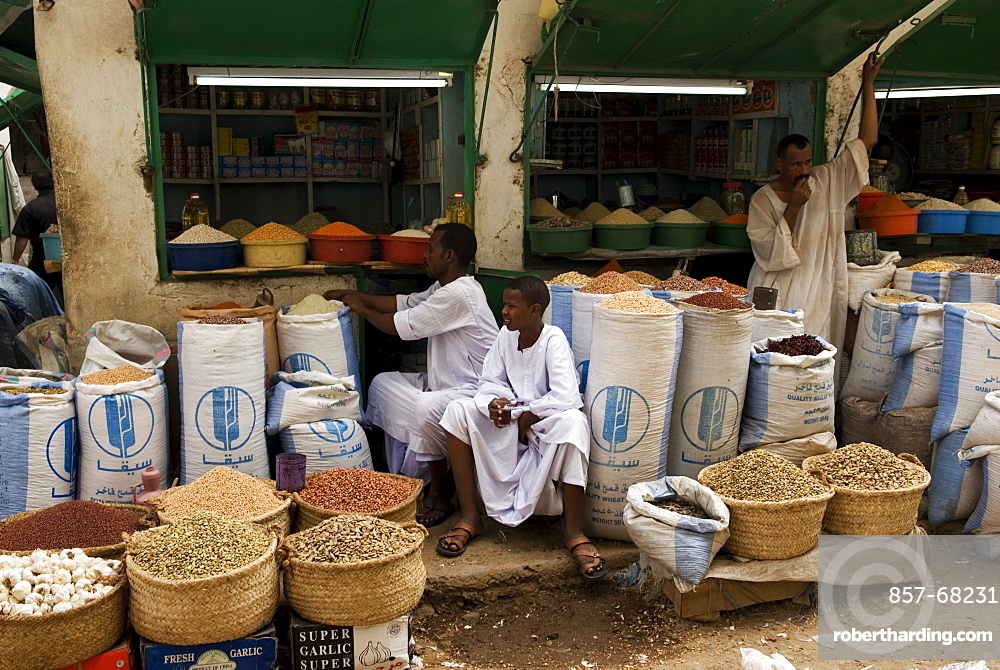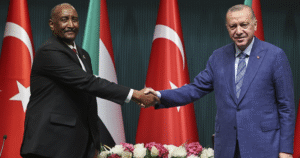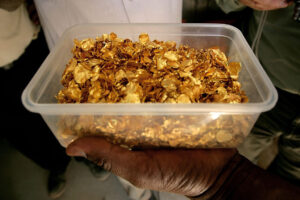Sudan’s inflation rate drops to double digits for the first time in years

Hai el-Arab Souq in Omdurman is the largest souq in Sudan. Everything from food stalls to ironmongers can be found here.
August 14, 2025 (PORT SUDAN) – Sudan’s Central Bureau of Statistics revealed on Thursday that the inflation rate for July 2025 has fallen to 78%, marking the first time it has registered a double-digit figure in years.
The inflation rate had been on a continuous upward trend over the past few years, reaching a peak of 422% in July 2021. It then began a gradual decline, recording 113.35% last June and continuing its downward trend to reach a two-digit figure in July.
“The rate of change in the general price level—inflation—in July rose by 78.39% compared to the same month last year,” the Bureau said in a statement.
It noted that the inflation rate in urban areas during July 2025 stood at 80.20%, down from the 105.70% recorded in the preceding month. The Bureau also clarified that the inflation rate in rural areas was 77.53% in July, compared to 119.14% in June 2025.
The annual inflation rate is measured by the change in the general price level for the current month compared to the same month of the previous year, tracking price changes over a full year.
The Bureau reported that the inflation rate decreased in all states except for Central and North Darfur. The most significant decline was recorded in River Nile state at 213.49%, followed by Kassala state at 120.48%, and Gedaref state at 102.26%.
Conversely, the inflation rate rose in Central Darfur by 6.77% and climbed to 86.92% in North Darfur. The rise in North Darfur is attributed to increased commodity prices in the city of El Fasher, resulting from the siege imposed by the Rapid Support Forces since April 2024.
The Bureau pointed out that during the past July, inflation increased within the tobacco group by 38.36% and in the restaurants and hotels group by 14.41%, while it decreased in the other ten groups.
It explained that the communications group registered the highest decrease among all groups in July 2025, falling by 172.35%, followed by the health group, which decreased by 103.80%. The remaining groups saw declines at varying rates.
The Central Bureau of Statistics bases its inflation measurement on a basket of 663 commodities that represent the consumption patterns of the society across its economic, social, and geographical segments in both rural and urban areas. These are distributed among 12 groups, led by food and beverages, followed by tobacco, clothing and footwear, as well as housing, electricity, fuel, health, transportation, communications, and education, among others.
Sudanese spend 52.89% of their income on goods within the food and beverages group, 14.17% on housing, water, electricity, gas, and fuel, and 8.34% on transportation.
Sudanese citizens, many of whom have lost their livelihoods and sources of income due to the ongoing conflict, complain of skyrocketing commodity prices that are difficult to keep up with, amidst the continued depreciation of the local currency and a lack of employment opportunities.



